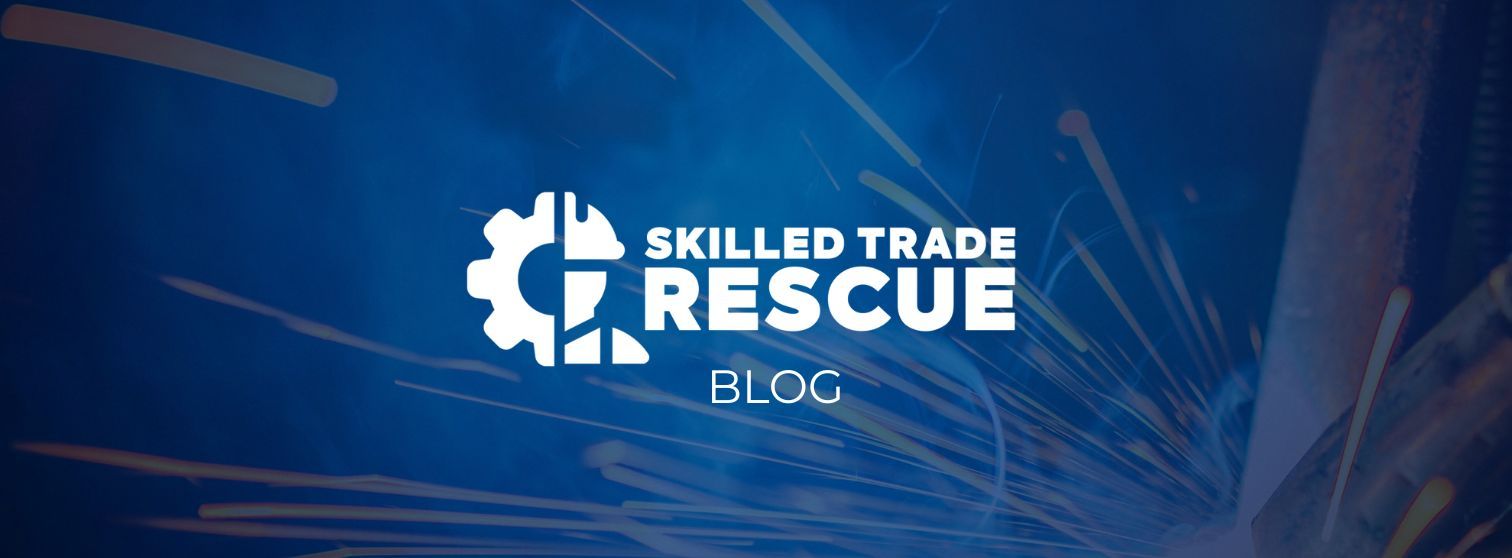
I’ve spent more than three decades in the skilled trades, with my roots in HVAC contracting. Most of my work has centered on commercial and industrial systems and process chiller applications that directly support mission-critical environments. Over the years, I’ve had hands-on exposure to nearly every kind of system—plumbing, refrigeration, compressed air, chilled water, HVAC, and more. My perspective comes from the field, solving problems where reliability isn’t just a goal but a necessity.
When I stepped into the world of mission-critical facilities, though, it was a different ballgame. Labs, cleanrooms, data centers—places where uptime isn’t just desirable, it’s demanded. The systems here don’t just support productivity, they support entire industries, multi-million-dollar projects, and reputations that can’t afford a stumble.
That transition taught me more than I expected. Here are five lessons that stand out—lessons I wish I’d known earlier, and lessons that anyone making the same shift should take to heart.
1. Downtime isn’t just uncomfortable—it’s catastrophic
In an office setting, downtime might mean a warm conference room, unhappy tenants, or a few hours of lost productivity. It’s inconvenient, but usually manageable.
In a mission-critical facility, downtime isn’t measured in comfort—it’s measured in dollars, trust, and time lost on high-value work. A chiller tripping offline might shut down a semiconductor tester. A compressor failure could stop a cleanroom process in its tracks. One “small” failure can quickly ripple out into days or weeks of lost work.
I remember early on walking into a lab where the chilled water temperature had drifted out of spec. In an office building, that might not even trigger an alarm. Here, it meant multiple tools went down. Every minute counted, and the pressure was immediate. That was the moment I realized: in mission-critical, downtime is no longer just a maintenance issue—it’s a business risk.
2. Redundancy isn’t a luxury—it’s survival
In office facilities, redundancy is nice to have. If an air handler goes down, you can usually shuffle tenants around until it’s repaired.
In mission-critical environments, redundancy is non-negotiable. Systems need to be designed with N+1 or better just to stay operational when—not if—something fails. And here’s the key: redundancy isn’t just about having extra equipment on paper. It’s about ensuring that equipment is actually functional, tested, and capable of picking up the load without a hitch.
I’ve seen situations where redundant systems existed in theory, but hadn’t been properly commissioned. The first time they were called on to work, they didn’t. That’s a painful lesson for any organization to learn in real time.
Building redundancy into mission-critical systems costs money up front. But the cost of not having it? That’s far greater.
3. Preventive maintenance isn’t optional—it’s the minimum
Office environments often take a “run to failure” approach. If a fan belt breaks, you swap it out. If a chiller is noisy, you schedule it for later. Deferred maintenance can slide because the risks are relatively small.
Mission-critical systems can’t operate that way. Preventive maintenance becomes the baseline. Skipping a PM task isn’t just a small oversight—it’s a gamble with uptime. And in these environments, the house usually wins.
I’ve learned that documentation and accountability are just as important as the maintenance itself. It’s not enough to say, “We checked it.” You need logs, test results, and a culture where PM tasks are treated as mission-critical work, not afterthoughts.
It may feel tedious, but I’ve seen firsthand how a single missed PM can snowball into a major outage. The lesson here is simple: maintenance discipline isn’t optional anymore—it’s table stakes.
4. The culture has to match the infrastructure
This one surprised me the most. You can have world-class equipment, redundant systems, and top-tier controls—but if the culture isn’t right, the reliability won’t be either.
In office facilities, the culture tends to be reactive. Something breaks, you fix it. People shrug and move on.
Mission-critical facilities demand a different mindset. Everyone—from the technicians on the floor to the managers signing budgets—has to think in terms of risk, contingency, and impact. When a pump makes a strange noise, the question isn’t “How long until it fails?” but “What happens if it fails right now, and what’s our plan?”
I’ve seen teams that embraced this culture excel, catching problems before they became crises. I’ve also seen teams struggle because they tried to run a mission-critical lab with an office-building mentality. The difference comes down to awareness, training, and leadership.
5. True reliability requires investment in the “unseen”
It’s relatively easy to get approval for new capital equipment—a chiller, a compressor, or a cooling tower. They’re big, visible, and easy to justify.
What’s harder is convincing decision-makers to invest in the less obvious things: better controls integration, higher-quality replacement parts, extra staffing, or more training hours. These don’t make for flashy ribbon-cuttings, but they often make the difference between systems that limp along and systems that perform reliably under pressure.
One example that sticks with me is controls integration. A lot of downtime risks I’ve seen weren’t equipment failures at all—they were control system gaps. Fixing those takes time, expertise, and investment, but the payoff is enormous.
The same goes for people. Hiring and retaining the right staff, and giving them the training they need, is just as important as buying the right equipment. Mission-critical facilities are complex, and they need teams equipped to handle that complexity.
Closing Thoughts
Moving from office facilities into mission-critical environments is like moving from maintaining a pickup truck to flying a jet. Both get the job done, but the tolerance for error is worlds apart.
The five lessons I’ve shared—about downtime, redundancy, maintenance, culture, and investment—aren’t theoretical. They come from seeing firsthand how fragile reliability can be, and how much it takes to build it.
If you’re stepping into mission-critical facilities, learn these lessons early. And if you’ve been in this world for a while, I’d love to hear—what lessons have you learned along the way?


